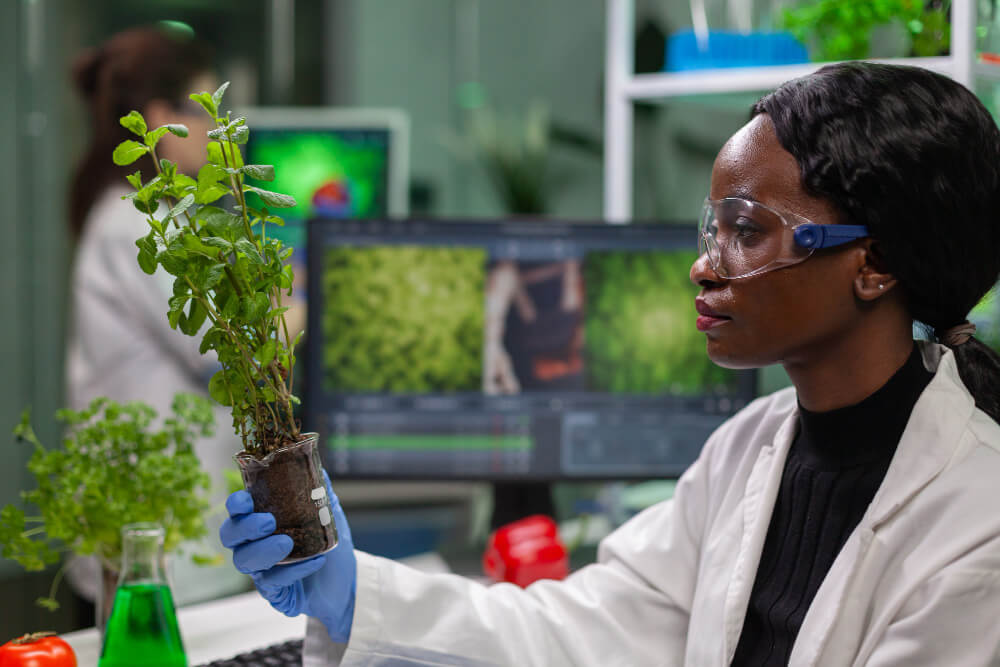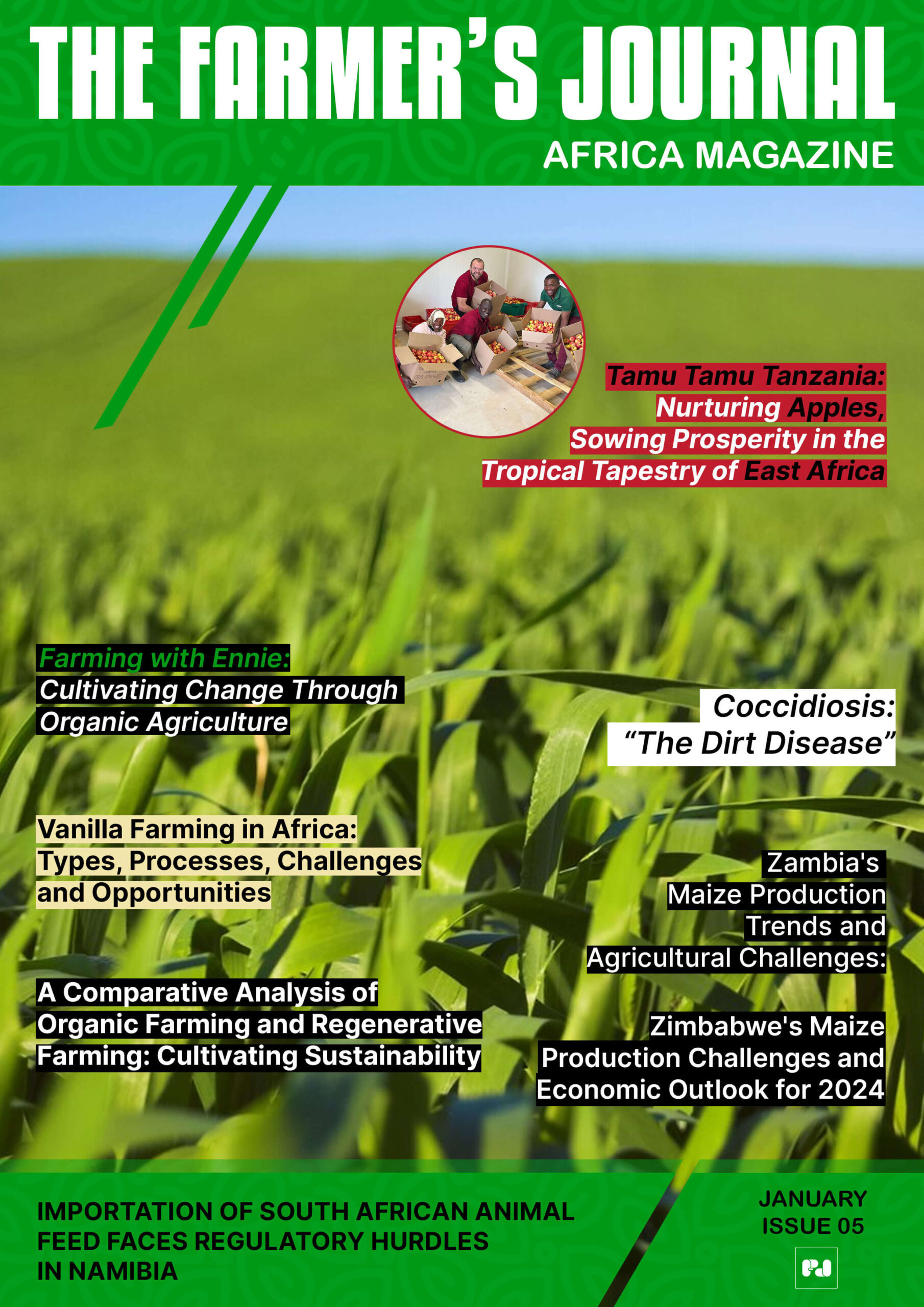
In a world where food safety is increasingly under threat from emerging pathogens, the Food and Agriculture Organization of the United Nations (FAO) has taken decisive action. From February 17 to 21, 2025, FAO convened an expert meeting at its Rome headquarters to assess the growing risks posed by Clostridium species in food.
This high-stakes gathering brought together leading scientists, food safety specialists, and epidemiologists to analyze the latest research, evaluate global surveillance data, and devise strategies to combat Clostridia-related foodborne illnesses.
Unlike common foodborne pathogens such as Salmonella, Campylobacter, and Listeria, Clostridia are spore-forming bacteria that can withstand harsh conditions—including cooking, pasteurization, and sanitation treatments—only to germinate and release toxins when conditions become favorable.
As concerns over foodborne illnesses continue to rise, FAO’s initiative marks a critical step in ensuring global food safety.
Why Clostridia Are a Silent but Dangerous Threat
Clostridia are uniquely resilient due to their ability to form spores, allowing them to survive in food and the environment for extended periods. This makes them particularly challenging to control using conventional food safety measures.
The FAO expert panel focused on three key species:
🔴 Clostridium botulinum – The producer of the world’s most potent toxin, responsible for life-threatening botulism.
🟠 Clostridium perfringens – A major cause of large-scale food poisoning outbreaks, often linked to mass catering and improperly stored meat dishes.
🟡 Clostridioides difficile – An emerging foodborne threat with the potential to cause severe intestinal infections.
Understanding and mitigating the risks associated with these bacteria is vital in preventing serious health consequences for consumers worldwide.
Clostridium botulinum: The Deadliest Toxin in Food
FAO describes botulinum neurotoxin (BoNT) as “the most potent toxin known to humanity.” Even in minuscule amounts, it can cause botulism, a severe neuroparalytic disease that leads to muscle paralysis, respiratory failure, and, if untreated, death.
🔹 How does botulism occur?
Foodborne botulism results from ingesting preformed toxins in improperly preserved foods—such as home-canned vegetables, fermented fish, and vacuum-packed meats.
🔹 How do people get exposed?
In infant botulism, spores—often found in honey, soil, and dust—are swallowed and grow in the intestines, releasing toxins. This is why health experts strongly advise against feeding honey to infants under 12 months old.
🔹 What are the challenges in detection?
Detecting BoNT toxins is no easy task. The gold standard for detection, the mouse bioassay, is expensive, requires highly specialized facilities, and raises ethical concerns. This highlights the need for more advanced and ethical diagnostic methods.
Clostridium perfringens: The Underestimated Cause of Food Poisoning
Often overshadowed by more infamous foodborne bacteria, Clostridium perfringens is actually one of the most common culprits of food poisoning worldwide. Its spores survive cooking and, if food is left at unsafe temperatures, multiply rapidly—leading to widespread outbreaks, especially in mass catering settings.
🔹 Foods most at risk:
✅ Meat dishes (beef, poultry, stews)
✅ Gravies and sauces
✅ Cooked foods left at room temperature for too long
🔹 Prevention strategies:
✅ Strict temperature control during food storage and reheating
✅ Rapid cooling of cooked foods to prevent bacterial multiplication
✅ Proper hygiene in food handling and preparation
Clostridioides difficile: The Emerging Foodborne Pathogen
Clostridioides difficile (formerly Clostridium difficile) is best known as a hospital-associated infection, often linked to antibiotic use. However, scientists are now raising alarms over its potential as a foodborne pathogen.
🔹 What makes it concerning?
✔ Found in food animals and foods of plant and animal origin
✔ Increasing reports of community-acquired infections—beyond hospitals
✔ Lack of standardized detection methods in food safety monitoring
Though no confirmed foodborne outbreaks have been reported yet, experts stress the urgent need for further research to assess its risk to public health.
The Expert Committee’s Verdict: What Needs to Change?
After an in-depth review of global food safety data, FAO’s expert committee identified significant knowledge gaps in how Clostridia spread through the food chain.
Key Findings:
✅ Lack of baseline data – There is insufficient global monitoring of Clostridia in food production systems.
✅ Need for improved outbreak investigations – Enhanced tracking and analysis of foodborne cases are essential.
✅ Stronger international food safety guidelines – Global regulations need updating to better address Clostridium risks.
What Comes Next?
FAO’s expert consultation will play a pivotal role in shaping future food safety regulations. The findings from this meeting will contribute to the development of:
✔ Improved surveillance programs to track Clostridia contamination
✔ New detection methods for faster, more ethical testing
✔ Stronger food safety policies to minimize Clostridium-related risks worldwide
Final Thoughts: Why This Matters for Everyone
From farmers and food producers to restaurant owners and everyday consumers, Clostridia pose a hidden but serious food safety threat. The ability of these bacteria to survive extreme conditions means that even properly cooked food is not always safe.
With FAO leading the charge, the global food industry must take proactive steps to:
🚨 Enhance monitoring and testing for Clostridia in food production
📢 Educate food handlers and consumers about proper food safety practices
🔬 Support research into safer, more effective detection methods
By strengthening international food safety standards, we can reduce outbreaks, protect public health, and ensure that food remains safe for everyone, everywhere.
Stay updated with the latest farming tips and agriculture industry news from Africa by subscribing to our newsletter. Don’t miss out on valuable insights and updates. Follow us on Twitter, LinkedIn, and Facebook to join our farming community and stay connected with us.


















